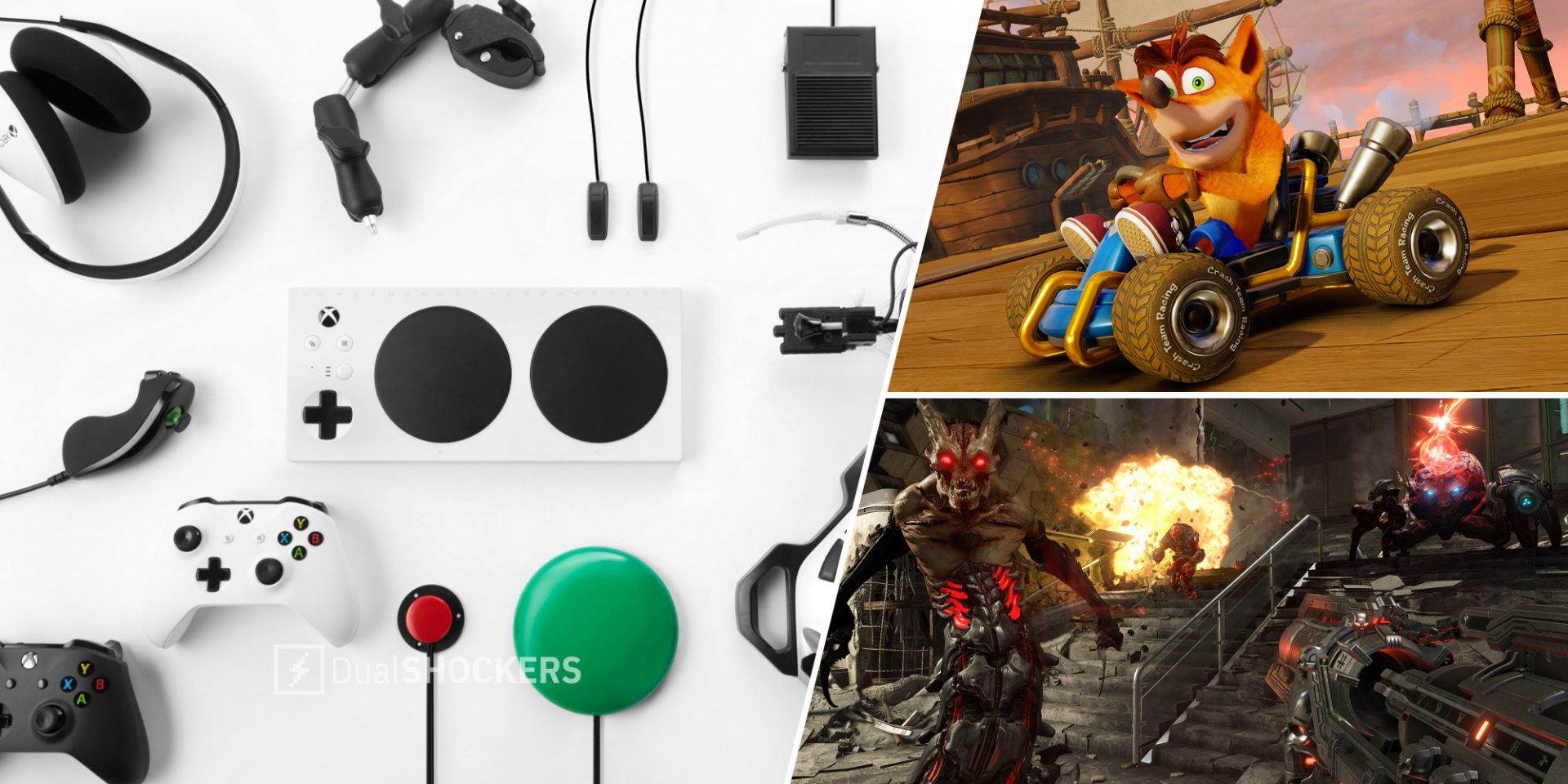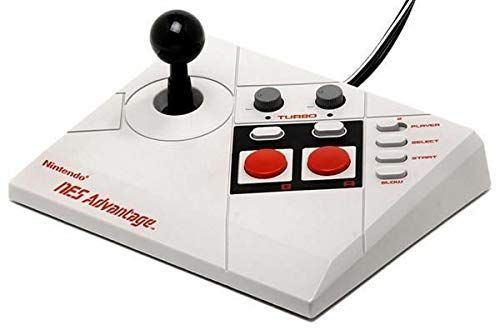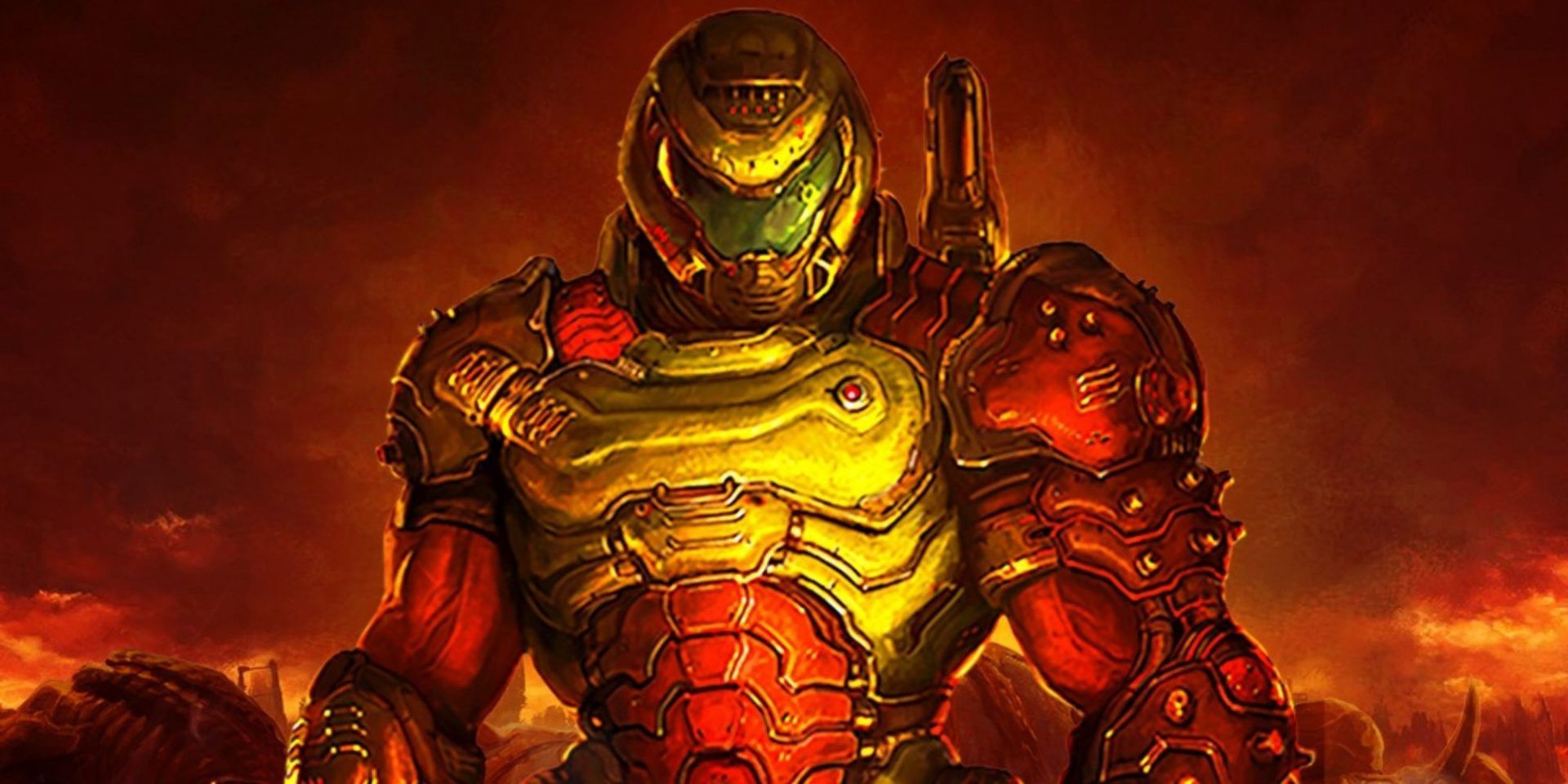Through gaming, I found hope, new friendships, and that having a disability does not mean life's fun option is disabled.
IT ALL STARTED WITH A PLUMBER
The year was 1993 and various pixelated worlds were at my feet, literally. At the tips of my five-year-old toes laid a long blue container containing various gray plastic cartridges. I didn't know what these little square-shaped things were, so I didn't think much of them. Then my eyes turned to my dresser. On top of it was a box that had the famed red legend "Nintendo Entertainment System" on the front of it.
I opened the door and saw inside a glimmer of yellow and the blue words "Super Mario Bros. 3." Not knowing how to get it out, I kept it in, grabbed the iconic rectangular controller with the simplistic design, and hit power. Then I hit power several more times, after which I was finally greeted with the red curtain of the intro screen. From there, I was thrust into the world of goombas, koopas, and plumbers, and my passion for gaming was ignited. However, while my adventure started like that of many others, it has not followed the same path most have taken.
AN ADVENTURE WITH A UNIQUE ADVANTAGE
Before I was born, my umbilical cord wrapped around my right arm, cutting off its growth just below the elbow. After being born, I had to immediately have surgery on my right stub to smooth it out. This not only makes getting fitted for a prosthesis easier but it also makes pressing buttons a lot easier, because my stub acts as a giant finger. At first glance, its width and shape may suggest that I would take button mashing to a new extreme, but no. This is because the bone at the upper/only part of my forearm that was shaved down is pointed enough to allow for precision button presses. It is a big part of how I am able to write this article you are reading now.
My parents noted my interest in video games, and have ensured that I can enjoy the hobby I love ever since. To help nurture this, they took me to the nearest Toys "R" Us and bought me a controller to fit my needs. I have used controllers that come packaged with consoles since my days as a Sega Genesis owner, but that was not always the case. My first controller was the Nintendo NES Advantage Controller. Its buttons were bigger than the standard one's, and it had a joystick instead of a directional pad. Up until the Dreamcast Arcade Stick (which was released in the late 1990s), it was the only joystick controller I owned.
NO CURVE, NO PROBLEM
Controllers need to feel good in your hand(s). The Advantage felt good on my lap. While they make playing classic games fun, joystick-based controllers are not my thing anymore. Unless I am at an arcade.
Starting off with a console whose controller had only two buttons simplified everything else. Instead of having to utilize haptic feedback and camera controls, I could just focus on moving, jumping, and basic attacks. This made transitioning to controllers with more buttons easier. By the time I had a Sega Genesis, having to use the third button was not a hassle. To me, it was like playing the piano and just having to slide a finger down one extra key. This allowed me to feel comfortable, because all of my character's commands still felt within range.
By the time I played my first PlayStation game (which was Crash Bandicoot) at my cousin's house, I had years of experience. I could feel my brain tap into past memories of playing Sonic the Hedgehog, Super Mario and even Awesome Possum, and the feeling of comfort was immediately there. It still is to this day. The games and controllers may have changed, but the controls and actions, for the most part, remain the same.
HAVING A DISABILITY DOES NOT DISABLE THE FUN IN LIFE
Like books, movies, and television shows, video games are a means of escape. They have eased, negated, and even eliminated the challenges that living with a disability can bring. They have vastly increased my perception of what can be possible. If I can drive through Grand Theft Auto 5's San Andreas with a max wanted level, get rid of it, and complete my mission, then I can play a sport or enjoy a range of other activities besides. It may take some practise, but all I have to do is try.
Video games challenge our beliefs about what is and can be possible. I did not think I would or could be a fan of games like Doom, Wolfenstein, and other first-person shooters. The biggest reason for this is the fact I cannot play them on harder difficulties, because in order to accurately shoot, I have to come to a complete stop and aim. Nevertheless, I enjoy them and have beaten many of them. In fact, I recently finished Doom Eternal after installing its PlayStation 5 update. As each day passes, more and more developers are including more robust accessibility options in their games, which make my playthroughs of them smoother and feel more inclusive.
Having a disability does not have to impact the amount and kind of fun you can have in life. Just as with gaming, it is all about adaptability and making your experience unique to you. Video games have helped me overcome my disability, proving that I'm just as welcome to enjoy the experience as anybody else. None of my friends have ever questioned my abilities while gaming and doing other things. They see me for me, and the fact that I am pretty good at Crash Team Racing.
I cannot count the number of times I have walked into a friend's house and immediately been handed a video game controller. Gaming helps normalize living with disabilities, because playing them not only shows disabled people like myself what is and can be possible, it shows those around us the very same thing.



